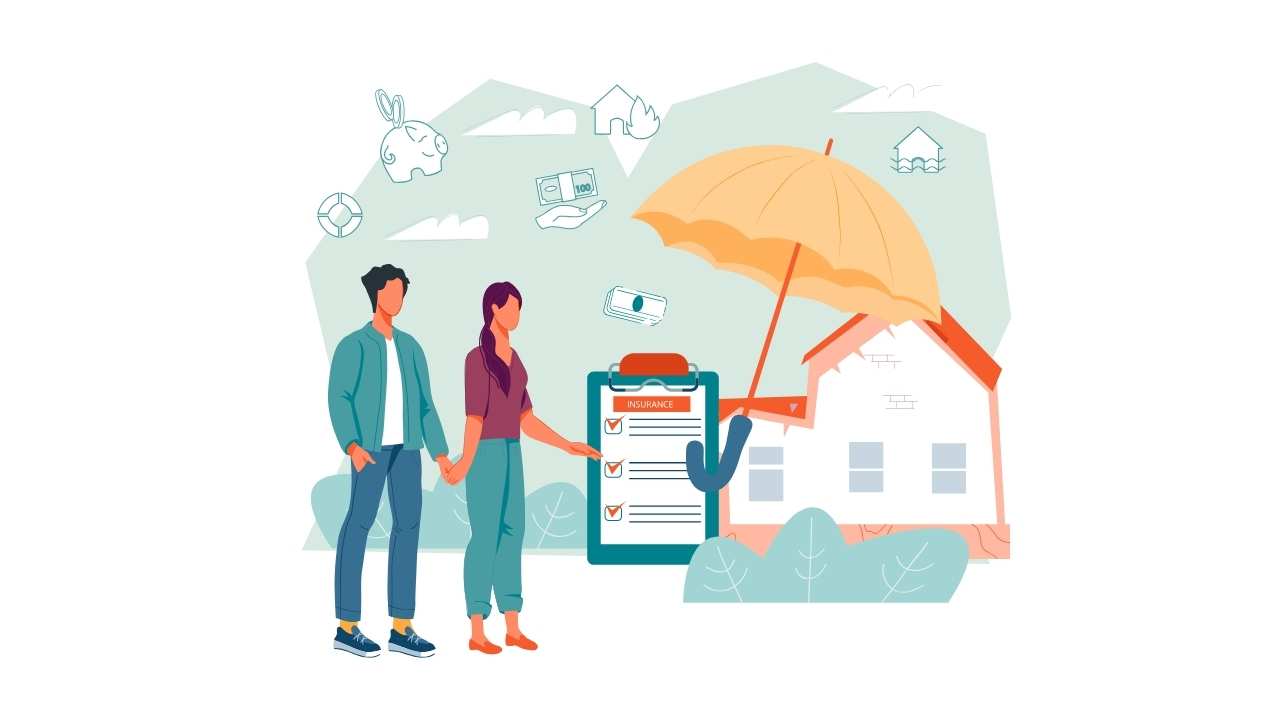Home Insurance for High-Risk Areas
Owning a home in a high-risk area presents unique challenges, particularly when it comes to securing adequate insurance coverage. Whether you reside in a region prone to natural disasters, crime, or other perils, finding affordable and comprehensive home insurance can be an arduous task. This comprehensive guide will delve into the complexities of home insurance for high-risk areas, empowering you with the knowledge to make informed decisions and protect your valuable asset.
Understanding High-Risk Areas
High-risk areas are typically classified based on their susceptibility to specific hazards or perils. These can include:
- Natural disasters: Areas prone to earthquakes, hurricanes, floods, wildfires, or tornadoes
- Crime: Regions with high rates of property crimes such as burglary, theft, and vandalism
- Wildfire risk: Areas surrounded by vegetation and at risk of wildfires
- Coastal erosion: Coastal properties vulnerable to erosion, storm surges, and flooding
Challenges of Obtaining Home Insurance in High-Risk Areas
The heightened risk associated with high-risk areas creates several challenges when obtaining home insurance:
- Higher premiums: Insurance companies perceive properties in high-risk areas as more prone to damage or loss, leading to significantly higher premiums compared to homes in low-risk zones.
- Limited coverage: Standard home insurance policies may exclude or limit coverage for certain perils common in high-risk areas, such as flood damage or earthquake damage.
- Deductibles: Home insurance deductibles, which represent the portion of any claim that the homeowner is responsible for, tend to be higher in high-risk areas.
- Difficulty finding coverage: Some insurance companies may be reluctant to provide coverage in high-risk areas, making it challenging for homeowners to find affordable and comprehensive policies.
Options for Home Insurance in High-Risk Areas
Despite the challenges, there are options available for homeowners in high-risk areas to secure adequate insurance coverage:
- Standard home insurance with additional endorsements: Standard homeowners insurance policies can be supplemented with endorsements to cover specific perils, such as flood insurance or earthquake insurance.
- High-risk home insurance: Specialized insurance companies offer policies specifically designed for high-risk areas, providing comprehensive coverage at higher premiums.
- Fair Access to Insurance Requirements (FAIR) plans: In some states, FAIR plans are available to provide basic home insurance coverage to homeowners in areas where private insurance is not available.
Additional Considerations for Home Insurance in High-Risk Areas
When seeking home insurance in a high-risk area, it is crucial to consider the following factors:
- Location: The exact location of your property within the high-risk area influences the premium and coverage options available.
- Construction materials: Homes made of more durable materials, such as concrete or brick, may be eligible for lower premiums than those constructed with less resilient materials.
- Mitigation measures: Implementing measures to mitigate risks, such as installing hurricane shutters or fire sprinklers, can reduce premiums and improve coverage options.
- Discounts: Some insurance companies offer discounts for homeowners who have taken steps to reduce risk, such as installing security systems or obtaining earthquake retrofitting.
Tips for Securing Affordable Home Insurance in High-Risk Areas
- Shop around: Compare quotes from multiple insurance companies to find the best rates and coverage for your specific needs.
- Raise your deductible: While a higher deductible means you will pay more out-of-pocket in the event of a claim, it can significantly lower your premiums.
- Consider bundling policies: Bundling home insurance with other policies, such as car insurance, can sometimes result in lower premiums.
- Improve your credit score: Insurance companies may use your credit score to determine your insurance risk, so improving your score can lead to lower premiums.
- Seek professional advice: An independent insurance agent can guide you through the process of obtaining home insurance in a high-risk area and ensure you have comprehensive coverage at an affordable cost.
Conclusion
Home insurance for high-risk areas can be challenging to obtain, but it is essential for protecting your valuable asset. By understanding the unique challenges, exploring available options, and following these tips, homeowners in high-risk areas can secure affordable and comprehensive insurance coverage to safeguard their homes and peace of mind. Remember to assess your individual risk profile, compare coverage options, and consider implementing risk mitigation measures to optimize your home insurance experience.
Frequently Asked Questions
1. What is considered a high-risk area for home insurance?
Areas prone to natural disasters such as hurricanes, earthquakes, floods, or wildfires.
2. What are the additional costs associated with home insurance in high-risk areas?
Higher premiums, deductibles, and potential surcharges or endorsements.
3. What types of coverage are important in high-risk areas?
Flood insurance, earthquake insurance, hurricane coverage, and wildfire insurance.
4. Can I get discounts on my home insurance in a high-risk area?
Yes, by installing protective devices like storm shutters or upgrading your roof.
5. What should I do if my home is in a high-risk area but I can’t afford the insurance?
Explore government assistance programs, consider a higher deductible, or shop around for multiple quotes.
6. How often should I review my home insurance coverage in a high-risk area?
Annually, or more frequently after major events or renovations.
7. What are the benefits of having a home inventory for high-risk areas?
To document your belongings and provide proof of ownership in case of a disaster.
8. What should I do if my home sustains damage in a high-risk area?
File a claim promptly, secure your property, and contact your insurance company for guidance.
9. How can I prepare my home for potential disasters?
Create an emergency plan, reinforce windows and doors, and keep valuable items on higher floors.
10. What are some additional tips for home insurance in high-risk areas?
Raise your home, install impact-resistant windows, and consider a safe room or storm shelter.

